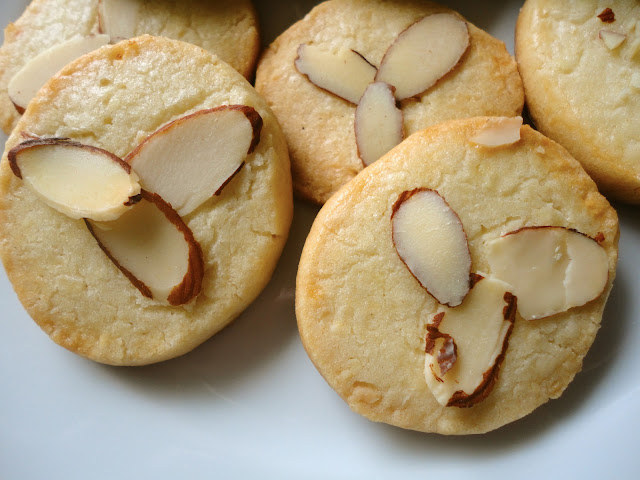Herb Garden - Spring planting
This weekend I decided it was time to plant an indoor herb garden. This is the first time I've had a real herb garden - in years past I've just planted a few things, always basil, and sometimes thyme and/or oregano. But this year I wanted to go big and plant a bunch of herbs, most I already know how I'll use, but others I'll have to experiment with (e.g., pineapple sage). Wandering around the garden center yesterday, I couldn't help but wish that I lived in a house with my own yard, so that I could plant vegetables too. When I have a yard, I will have a garden with at least four varieties of tomato, maybe more, and lots of peppers too. But for now, the herb garden will suffice. The list that follows is what I planted this weekend (except the basil, which I planted several weeks ago). I may add one or two more plants in the coming weeks.
Sweet mint (perennial)
Sweet mint is a varietal of spearmint that will be perfect in teas and cold drinks. This particular plant was grown from cuttings that came from Israel, where mint-lemonade is incredibly popular. Mint grows like wild fires so I expect to have lots of mojitos this summer! I'm thinking about getting a varietal of peppermint as well - perhaps chocolate mint for making desserts around the holidays.
Sweet basil (annual)
Basil, in the same family as mint, is native to India, and has been cultivated for over 5000 years. There are an estimated 150 species of basil, many of which are hybrids. Sweet basil is the most common species and is featured predominantly in Italian cuisine. I hope to buy a Thai basil plant in the next week or so as well.
German & English thyme (perennials)
German and English thyme are two varietals of the species thymus vulgaris (common thyme), which itself is one of over 350 species of thyme. Thyme has been used widely over the centuries (for both culinary and medicinal purposes) by just about every civilization known to man. Here, the German thyme is less woody with a subtler flavor than the English thyme, which is the varietal most frequently sold in U.S. grocery stores.
Hot & Spicy oregano & Sweet marjoram (cold-sensitive perennials)
Oregano and marjoram are closely related species, both belonging to the genus origanum. I chose the hot & spicy varietal of oregano and the sweet varietal of marjoram because I thought they would complete each other well and serve all my culinary purposes.
Purple & Pineapple sage (perennials)
There are more species, varietals, and cultivars of sage than one could imagine. These two (salvia officinalis and salvia elegans), are quite different in their origins, aroma, and flavor. Purple sage is native to the Mediterranean and has a distinctly evergreen aroma and flavor. Pineapple sage, on the other hand, is native to southern Mexico, Belize and Guatemala and smells distinctly like pineapple. In addition to its culinary uses, pineapple sage is also thought to have anti-depressant and anti-anxiety properties. I look forwarding to experimenting with the pineapple sage and welcome any tips anyone might have.
Spanish tarragon (annual)
Spanish tarragon goes by many names including: Texas tarragon, Mexican tarragon, Mexican marigold, Mexican mint and pericon. Spanish tarragon is not technically tarragon but is a related herb that survives better indoors and tastes very similar (with hints of anise).
Rosemary (perennial)
Rosemary is native to the Mediterranean and is used widely for culinary and medicinal purposes. Rosemary is a hearty plant that doesn't require a lot of water or space, just lots of sun. According to Wikipedia, rosemary comes from the Latin for "dew of the sea," because rosemary was known to survive solely on moisture carried by sea air.
Curry plant (cold-sensitive perennial)
I also planted a curry plant (from the daisy family), which has nothing to do with the curry tree that produces the curry leaves used in Indian cooking. I bought this plant because I thought it was cool looking and it smells like curry, which I also thought was cool. Turns out I can also use it to soothe burns - rather handy in the kitchen.
So there it is, my indoor herb garden. I can't wait to watch it grow. My basil plant has more than tripled in size over the last few weeks and I know the mint is going to grow like crazy. I'm going to have to throw a pesto and mojito party this summer!



Good job! You will love having your own herbs. I have enjoyed this hobby for years and it has been very rewarding.
ReplyDelete